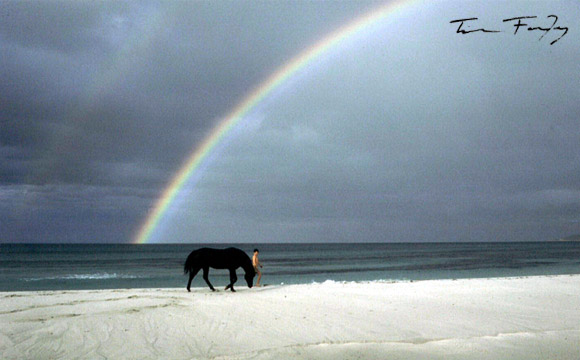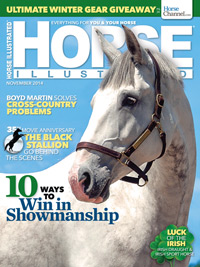If you’ve ever been to a Horse Tales “Second Touch” you know that we all learn a bit about grooming, tack, feed and keeping horses healthy.
Here’s some more simple tips about care for your horse and other critters.
Take care of yourself – it’s cold outside. Warm up, cool down and enjoy the ride!
Be sure to leave your comments on the forum, facebook or here on the blog page.
Routine Health Care Of Horses
As loving owners, our horses mean the world to us, but without the right education looking after them properly isn’t an easy task! Here are a few things every owner should be aware of.
1) Regular Veterinary Check-Ups
It’s a good idea to schedule regular veterinary check-ups to ensure your horses stay fit and healthy, and to get much needed medicine in the event of illness. Most general health inspections should begin with nutrition. Many problems can be traced to a horse’s digestive system, which was made to process large amounts of grass, fiber, and water. A simple diet is best, and horses should get plenty of grass, high quality hay and water when they need it.
2) Food
Make sure your horse has plenty of grass and hay to graze on. Malnutrition can lead to several problems including ulcers, which are common in leaner sport horses. It is generally agreed that horses should eat between 2 and 4 percent of their body weight in hay and feed. It’s advisable to monitor their weight regularly to make sure it remains within healthy limits.
3) Vaccination & Deworming
Horses should be vaccinated and dewormed at regular intervals to prevent deadly viruses and parasite infections. The vaccinations needed can vary depending on the horse’s lifestyle. Deworming is particularly important due to how common parasite infections are, and because they can result in weight loss, colic and other dangerous symptoms.
4) Social Life, Excercise & General Wellbeing
Horses need to be social and around others or they could develop emotional and mental problems. They need regular mental stimulation and should receive adequate exercise to ensure they grow up as healthy as possible. Carefully monitor your horse’s sleeping patterns to make sure they aren’t out of the ordinary as strange sleeping patterns can be a symptom of illness or anxiety.
Unless it is particularly wet and windy outside, horses stand the cold better than hot weather. If they cannot sweat, their bodies may have trouble getting rid of excess heat.
5) Medicines
It’s a good idea to stock up on safe, versatile medicines such as Benadryl (containing diphenhydramine only). Purchasing antihistamines for horses can come in handy to counteract blood pressure problems and allergic reactions that would otherwise harm your animal, but should only be administered when you have approval from a veterinary professional. The right types of antihistamines do not block active histamines, and instead compete with them for the receptor to keep your horses healthy. As an added bonus, you can also safely use antihistamines on household pets, meaning you can keep Fido’s summer-time allergies under control too!

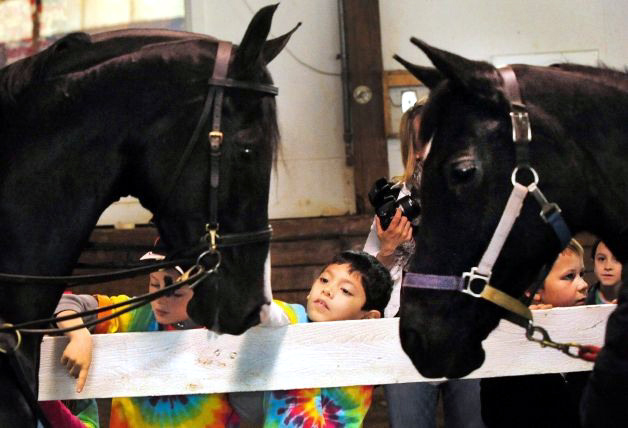
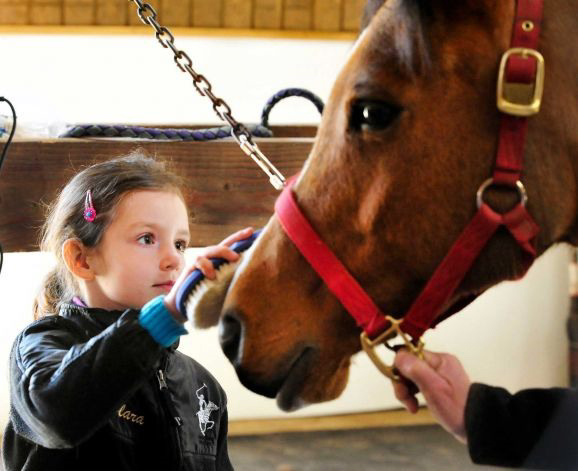
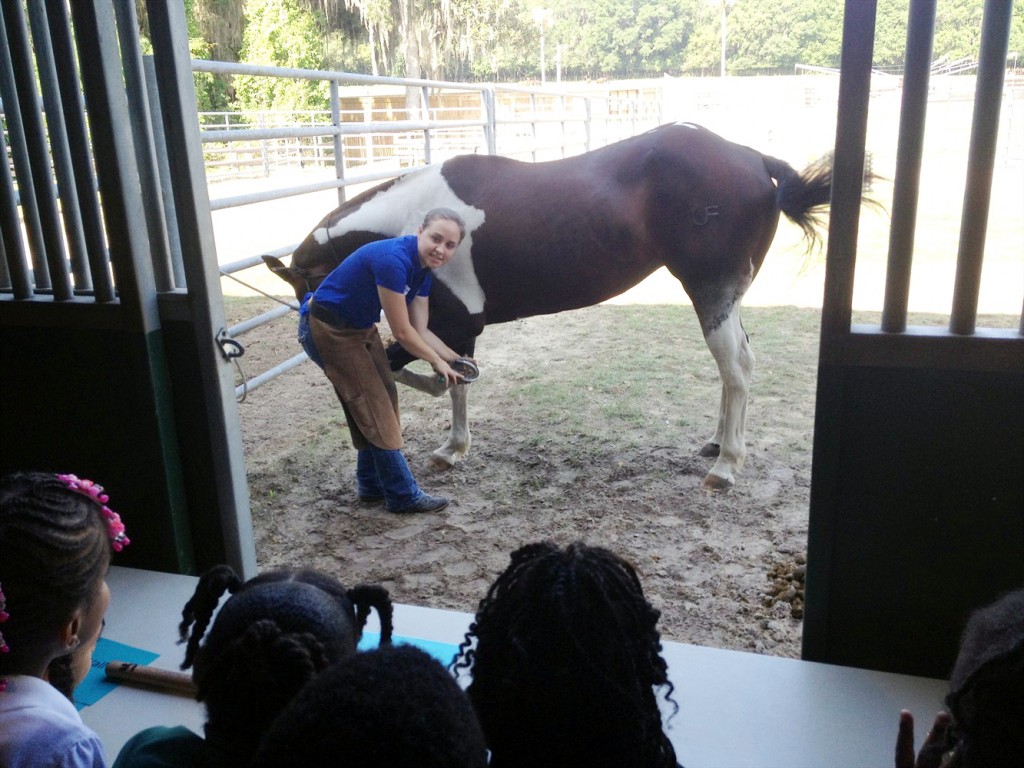
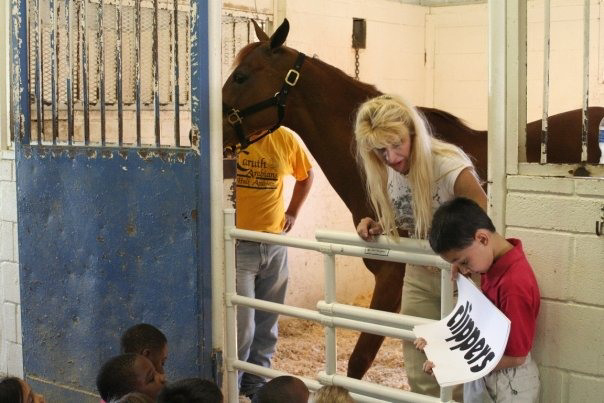
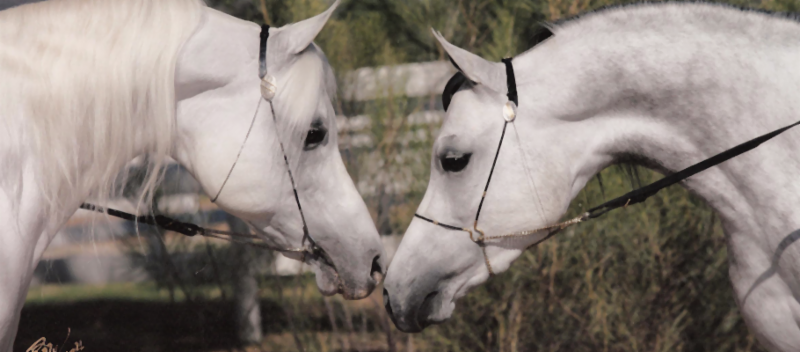

 WHEN: Sunday, December 14
WHEN: Sunday, December 14